Yamaha DTX700 Handleiding
Yamaha
Muziekinstrument
DTX700
Bekijk gratis de handleiding van Yamaha DTX700 (69 pagina’s), behorend tot de categorie Muziekinstrument. Deze gids werd als nuttig beoordeeld door 15 mensen en kreeg gemiddeld 5.0 sterren uit 8 reviews. Heb je een vraag over Yamaha DTX700 of wil je andere gebruikers van dit product iets vragen? Stel een vraag
Pagina 1/69

DRUM TRIGGER MODULE
DTX700
Reference Manual
The DTX700 Reference Manual created via the PDF format is equipped with special features that are exclusive to electronic files, such as
the Link function and the Search function which let you jump to the desired page by clicking the specific term.
This illustration shows the page displayed on the DTX700 when the front panel’s [MENU] button is pressed. When you click on any of the
menu items, you will be taken to the start of the corresponding section.
This function built in the viewer software is very useful if you want to know the meaning of unfamiliar terms.
When using Adobe Reader to read this manual, enter a specific word in the search box, then press the <Enter> key of your computer key-
board to call up the relevant section in this manual.
NOTE
• Make sure to check and download the latest version of the Adobe Reader from the following site.
http://www.adobe.com/products/reader/
When using Adobe Reader, click to return to the previous page view/go to the next page view via the buttons in the toolbar.
This function is very useful if you want to return to the previous page view when jumping to a link page.
NOTE
• If the previous page view/next page view buttons are not shown in the toolbar, hold the <Alt> key and press < >/< > keys to move to
the previous/next page view.
• For more information on these and other functions in the software, refer to the owner’s manual of the software.
How to Use This Manual
Search Function
Previous Page View/Next Page View
EN

DTX700 Reference Manual 2
Internal Design of the DTX700
In this reference section, you will find a description of
what takes place within the DTX700 between striking
of a pad and the output of sound from speakers.
Understanding how signals flow and are processed
internally will allow you to utilize the powerful func-
tions of this versatile instrument to their maximum
potential.
Pads & Trigger Signals
Whenever you strike a pad, a trigger signal containing various
items of performance data will be produced. These signals typi-
cally reflect the strength with which the pad was struck, the actual
location of the strike, and the like; furthermore, they are delivered
via a cable and a trigger input jack to the DTX700’s internal tone
generator, which outputs the appropriate drum sounds in response.
If a pad is set up to generate just one sound, there will be a one-to-
one relationship between the trigger signal type and the drum voice
output. With certain types of pad, however, it is possible to produce
a range of different types of trigger signal that reflect the location
of the strike, the drumming technique being used, and other factors.
[Terminology]
Zone:
The term “zone” is used to refer to specific areas of the pad,
such as the rim, cup, and head. Pads with multiple zones (such
as two- and three-zone pads) can produce a different trigger sig-
nal for each. As their name suggests, one-zone pads produce
only one signal irrespective of where they are struck.
Trigger input source:
Trigger input sources are named in accordance with the way in
which the corresponding pad or pedal is struck or operated.
One-zone pads (producing a single trigger sig-
nal)
A mono pad such as the TP65 Single Zone Drum Pad or
PCY65 Single Zone Cymbal Pad transmits only one type of
trigger signal to the DTX700, irrespective of where it is struck.
Two- and three-zone pads (producing multiple
trigger signals)
In contrast to the PCY65 Single Zone Cymbal Pad and other
mono pads, multi-zone pads such as the PCY65S Double Zone
Cymbal Pad can produce two different types of trigger signal
depending on the zone that is struck, while the PCY135 Triple
Zone Cymbal Pad can produce three. In specific terms, multi-
zone pads come in either the two-zone or three-zone variety.
For instance, the PCY135 Triple Zone Cymbal Pad illustrated
below comprises three trigger input sources – the bow, the
edge, and the cup – each of which generates a trigger input sig-
nal when struck.
Example: PCY135 trigger input sources when connected
to the [yCRASH1] trigger input jack
Trigger input source:
“Crash1Bw”
The voice assigned
to the bow’s trigger
input source will be
played.
Trigger input source:
“Crash1Eg”
Trigger input source:
“Crash1Cp”
Bow
Edge
Cup
The voice assigned
to the edge’s trigger
input source will be
played.
The voice assigned
to the cup’s trigger
input source will be
played.
Product specificaties
| Merk: | Yamaha |
| Categorie: | Muziekinstrument |
| Model: | DTX700 |
Heb je hulp nodig?
Als je hulp nodig hebt met Yamaha DTX700 stel dan hieronder een vraag en andere gebruikers zullen je antwoorden
Handleiding Muziekinstrument Yamaha
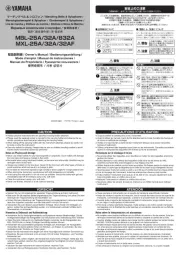
6 Juni 2025
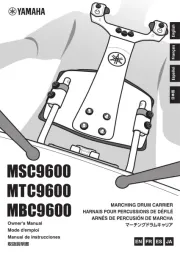
6 Juni 2025
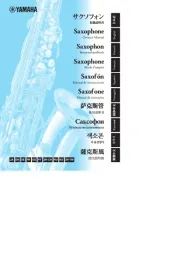
3 Juni 2025
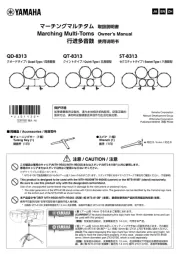
3 Juni 2025
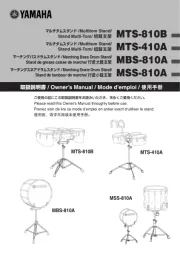
3 Juni 2025
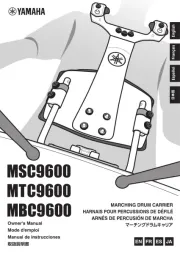
3 Juni 2025
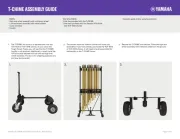
3 Juni 2025
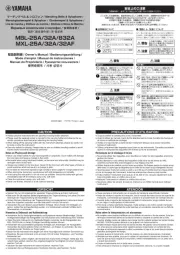
25 Mei 2025
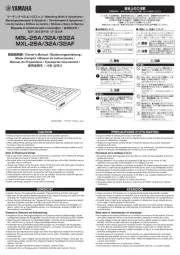
25 Mei 2025
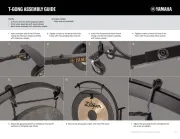
25 Mei 2025
Handleiding Muziekinstrument
- Gretsch Guitars
- Aguilar
- Artesia
- Mooer
- Pearl Sports
- Hohner
- Alesis
- Eurolite
- Gravity
- Electro Harmonix
- Efnote
- La Crosse Technology
- Elektron
- Overtone Labs
- DW Drums
Nieuwste handleidingen voor Muziekinstrument
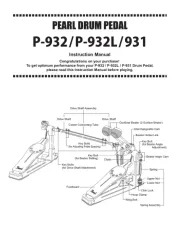
5 Augustus 2025
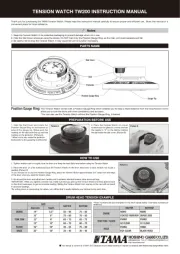
4 Augustus 2025
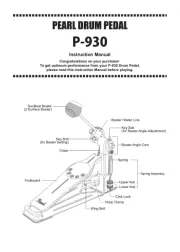
4 Augustus 2025
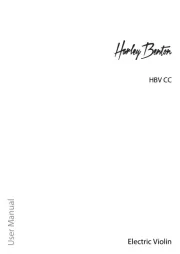
4 Augustus 2025
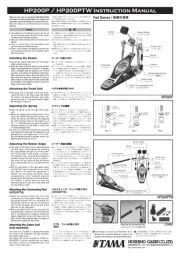
4 Augustus 2025
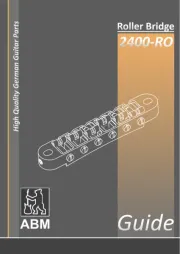
4 Augustus 2025
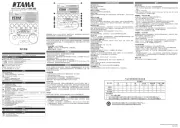
4 Augustus 2025
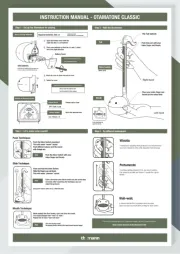
4 Augustus 2025
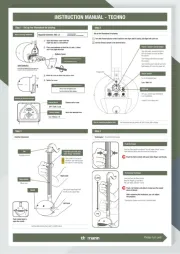
4 Augustus 2025
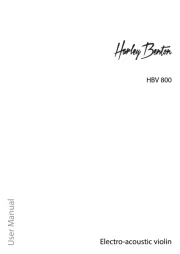
4 Augustus 2025